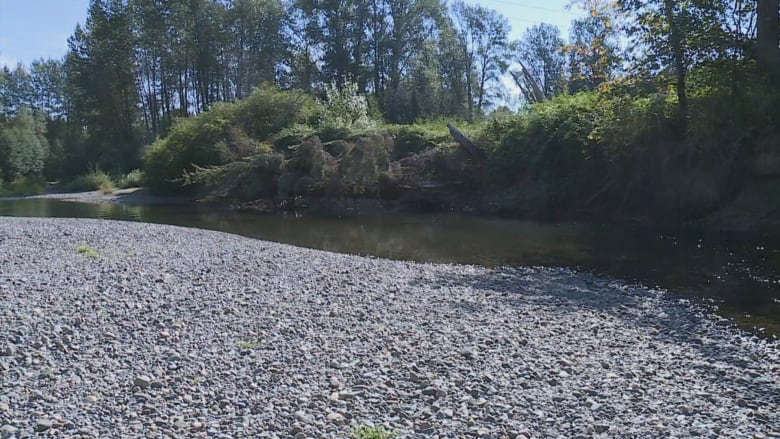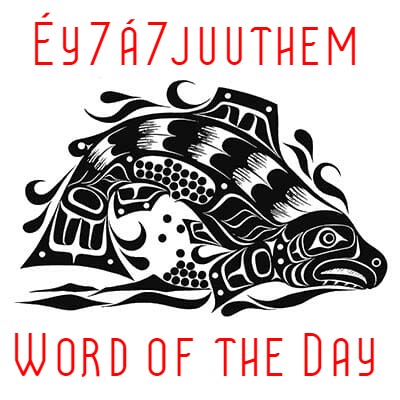
Dry and hot conditions on British Columbia's west coast have prompted the government to increase the drought level in the region to Level 3.
Dry and hot conditions on British Columbia's west coast have prompted the government to increase the drought level in the region to Level 3.
The areas that have risen to Drought Level 3 conditions are eastern Vancouver Island, western Vancouver Island and Haida Gwaii.
The high temperatures, consistent sunshine and lack of recent rain have increased water temperatures in numerous Vancouver Island and Haida Gwaii streams.
Warmer water temperatures and the lack of precipitation may affect late summer fish-rearing conditions in streams and can affect the timing of salmon spawning migration.
There have been reports of fish mortalities and strandings within the past month following heat warnings.
Angling closures due to high temperatures are in place for most eastern Vancouver Island streams and will remain in place until Wednesday, Aug. 31, 2022.
People in affected areas are asked to reduce their water use wherever possible and observe all watering restrictions from local and regional governments, water utility providers or irrigation districts.
In areas where voluntary water reduction has already been implemented, it has helped to slow down the intensification of drought conditions and the need for regulatory action.
If conservation measures aren't successful and drought conditions worsen, regulatory action may be taken under the Water Sustainability Act.
British Columbia ranks drought levels from 0 to 5, with Drought Level 5 being the most severe with adverse effects to socioeconomic or ecosystem values being almost certain.


